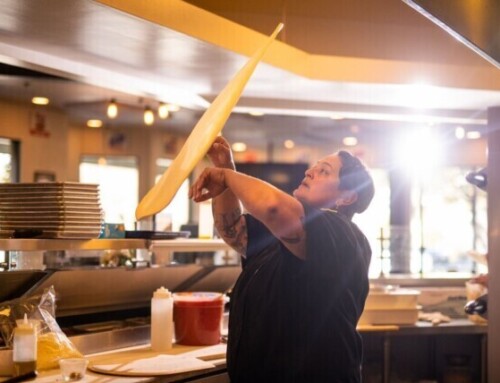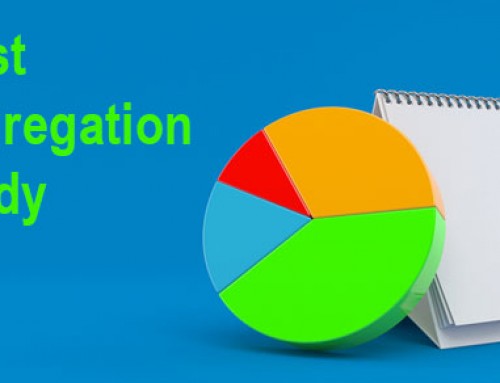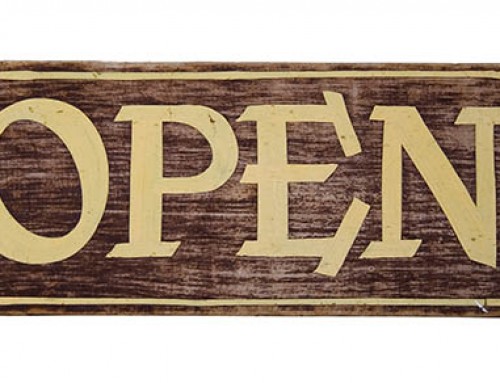
Understanding the intricate dynamics of the tax code is crucial to optimizing profitability in any business, and the restaurant industry is no exception. One area of tax strategy that often offers substantial benefits is depreciation, particularly when coupled with a well-planned cost segregation study. As a part of our commitment to providing the most value to our restaurant clients, we delve into these topics, highlighting how they can significantly impact your bottom line.
Specialized Shorter Lives for Machinery, Equipment, and Furniture
In the restaurant and retail sectors, certain assets such as machinery, equipment, and furniture and fixtures are characterized by their shorter lifespans. The Internal Revenue Service (IRS) allows these assets to be depreciated over five years instead of the standard seven-year period applicable to many other industries. This accelerated depreciation schedule means restaurant owners can recover their investment costs more rapidly, thereby reducing their taxable income and optimizing cash flow in the earlier years of an asset’s life.
Bonus Depreciation
Bonus depreciation is a tax incentive designed to encourage businesses to invest in certain assets. It allows eligible businesses to deduct a substantial portion of the cost of qualifying assets in the year they are purchased, rather than spreading the deduction over several years through regular depreciation. This means you can potentially claim a significant tax break and reduce your taxable income in the year you acquire the assets.
However, it’s essential to be aware of the phase-out of bonus depreciation. Under the Tax Cuts and Jobs Act (TCJA) the bonus depreciation rate is set to gradually decrease over time. For assets placed in service in 2023, the bonus depreciation rate is 80% deduction of qualified assets, meaning you can still claim a substantial deduction but not the full cost of the asset. The rate is slated to decline 20% each subsequent year until it reaches 0% for assets placed in service in 2027.
California does not conform to bonus depreciation, making the power of specialized shorter depreciation lives and cost segregations that much more impactful.
The Power of Cost Segregation
Cost Segregation is an advantageous tax strategy that involves identifying and separating the costs of certain assets that can be depreciated over a shorter period. In the restaurant industry, high percentages of asset costs can often be reallocated through a cost segregation study due to the considerable investment in assets such as kitchen equipment, machinery, furniture, and fixtures.
In addition, significant elements like plumbing and electrical systems, specifically tied to equipment, can often be segregated and depreciated over a shorter life. This reclassification offers a quicker depreciation expense recognition, resulting in lower taxable income and an increased near-term cash flow. The IRS provides a guide with shorter-life assets that can be broken out specific to the industry, further supporting the potential for tax savings.
It is essential to note that cost segregation studies should be conducted by professionals with expertise in both taxation and engineering. These studies require a detailed understanding of both tax law and the physical components of a building. The associated costs of these studies are generally outweighed by the substantial tax savings realized.
Understanding Qualified Improvement Property (QIP)
Qualified Improvement Property refers to any improvement made to the interior portion of a non-residential building after the building is placed in service, excluding enlargement of the building, elevators or escalators, or the internal structural framework. Following the Tax Cuts and Jobs Act (TCJA) and the subsequent CARES Act, for federal income tax purposes, QIP is now depreciated over 15 years and is eligible for bonus depreciation.
In the context of the restaurant industry, this could include remodeling projects, adding new kitchens, updating lighting fixtures, or any other internal enhancements. These improvements not only make your restaurant more appealing to patrons but can also lead to substantial tax savings.
Conclusion
Cost segregation and accelerated depreciation are powerful tools that can substantially reduce tax liabilities and improve cash flow for restaurant owners. Understanding the unique opportunities offered by the tax code, including specialized shorter lives for certain assets and the benefits of QIP coupled with bonus depreciation, can provide a competitive edge in the demanding restaurant industry.
As our firm is dedicated to supporting our clients’ financial success, we encourage restaurant owners to explore these tax savings strategies. We have a team of experienced professionals ready to assist with cost segregation studies and other tax planning initiatives. We are eager to help you uncover opportunities for tax savings and increased profitability within your business.
Remember, every restaurant is unique, and the benefits of these strategies can vary. It’s always advisable to consult with your Linkenheimer CPA to discuss your specific situation and ensure you’re taking full advantage of the available tax saving options.
Written by Judy Deniz, CPA. Connect with her on LinkedIn.






Leave A Comment